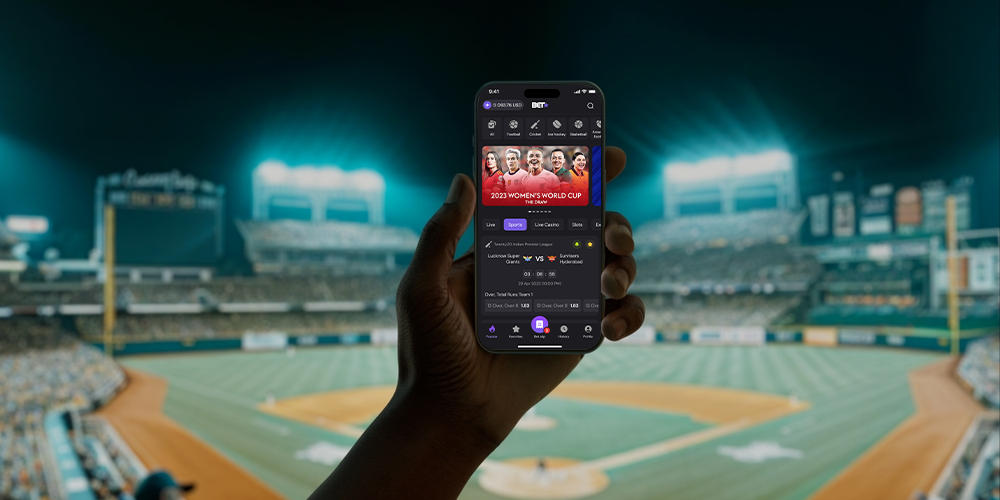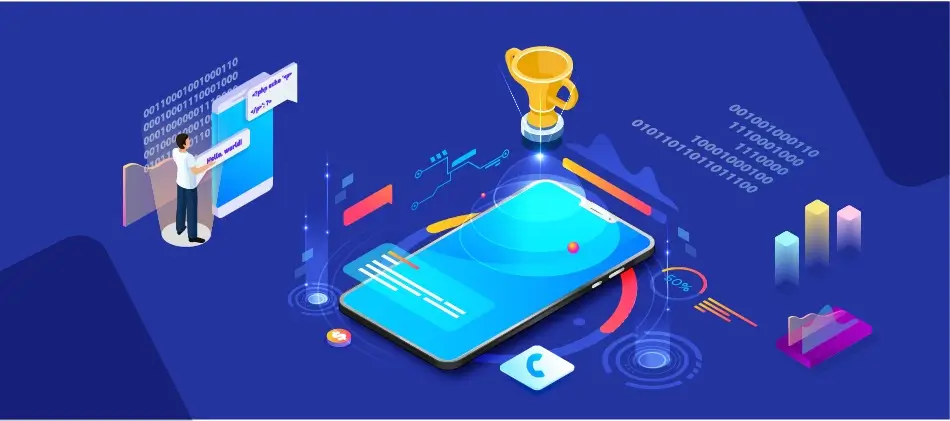
Building real-time data functionality for gaming applications has become increasingly popular, especially as mobile apps aim to offer live experiences. One such app that has garnered attention is the ETrueSports iOS App, known for delivering real-time sports data to its users. But how does one go about developing a gaming app with similar capabilities? In this blog, we’ll explore the technical and strategic steps needed to build a real-time data-driven gaming app like ETrueSports.
Understanding the Core Concept of ETrueSports iOS App
The ETrueSports iOS App provides users with real-time sports data, which includes live game updates, player stats, match highlights, and more. The main challenge of developing an app like this is managing, processing, and delivering this data instantly to users while maintaining high performance and accuracy.
The backbone of such an app is its ability to integrate with data streams and update the user interface seamlessly. Users expect a lag-free experience, especially during live events, which requires a robust backend system.
Key Components for Building Real-Time Data Apps
To build a gaming app like ETrueSports, you must focus on several core aspects: data collection, real-time data processing, mobile app development, user experience, and security.
1. Data Collection
At the heart of any real-time data app is a reliable source of information. For gaming apps, this could include data from:
- Official Sports APIs: If your app provides real-time sports data, use APIs like ESPN API, SportsRadar, or TheScore API. These offer detailed stats and live game updates, player data, match schedules, and more.
- Web Scraping: If official APIs aren’t available or are too expensive, web scraping can be an alternative. Web scraping tools allow you to pull data from public sources, such as sports websites or news outlets. This method, however, requires careful handling of legal and ethical considerations.
- User-Generated Data: For gaming apps that involve user participation, you can also collect data directly from players. For instance, users might input their own game stats or achievements, which can be used to personalize their experience.
[Read About: How to Build Apps Like DoorDash: A Comprehensive Guide]
2. Real-Time Data Processing
Real-time data processing involves handling large volumes of data and delivering it instantly to users. This is particularly important for apps like the ETrueSports iOS App, where delays in live scores or stats could lead to user frustration.
- Message Queuing Systems: Use message queuing tools like Apache Kafka or RabbitMQ to handle multiple streams of data. These systems ensure that data is processed efficiently and delivered to the app without delay.
- Event-Driven Architecture: By using an event-driven architecture, you can ensure that every action in the game, such as a goal, a change in the player lineup, or match highlights, triggers real-time updates in the app.
- Cloud Infrastructure: To handle the scalability of real-time data, leverage cloud services like AWS, Google Cloud, or Microsoft Azure. These platforms provide the infrastructure to manage large amounts of data without performance bottlenecks. Services like AWS Lambda can be used for serverless computing, which allows you to run code in response to real-time events without managing servers.
3. Mobile App Development
Once your backend infrastructure is ready to handle real-time data, the next step is building the mobile app itself. The app’s user interface (UI) and user experience (UX) play a crucial role in delivering the data to users in an engaging manner.
- Real-Time Syncing: To ensure that users get up-to-the-second data, implement real-time syncing between the backend and the mobile app. You can use technologies like WebSockets or HTTP long polling for this purpose. WebSockets allow for bi-directional communication between the server and the app, ensuring that live data is pushed instantly to the user’s screen.
- Push Notifications: Push notifications are an essential feature of a real-time app like ETrueSports. They can be used to alert users about live game events, like when a match is starting, when a goal is scored, or when there’s a game highlight. You can use services like Firebase Cloud Messaging (FCM) or Apple Push Notification Service (APNs) to implement these.
- Cross-Platform Development: To reach a broader audience, you might want to develop the app for both iOS and Android. Using cross-platform frameworks like React Native or Flutter can save time and cost, as you can write code once and deploy it to both platforms.
4. User Interface Design and Experience
A real-time data app needs a clean and intuitive design to display large amounts of information without overwhelming the user.
- Live Scoreboards: The main screen should feature a live scoreboard with easy-to-read data such as game scores, player stats, and time remaining.
- Detailed Player and Team Profiles: Users should be able to access in-depth player profiles with detailed statistics and game history.
- Interactive Features: Implement interactive features like live chats, predictions, or polls to enhance user engagement during live games.
5. Security and Performance Optimization
Handling real-time data for gaming apps also brings challenges related to security and performance. Since the app will be dealing with high volumes of data, you need to ensure both security and smooth performance.
- Data Encryption: All user data and game data should be encrypted using SSL to protect it from potential threats. This is particularly important if users are inputting sensitive information or making in-app purchases.
- Load Balancing: Use load balancing techniques to distribute traffic across multiple servers, ensuring that the app remains responsive even during high-traffic periods, such as major live events.
- Performance Testing: Regularly perform load testing using tools like Apache JMeter to ensure the app can handle peak loads without crashing.
Integrating Mobile App Development Services
Once your real-time data infrastructure and app interface are ready, it’s crucial to partner with a professional Mobile App development services provider. A good development team will help ensure that your app is optimized for both iOS and Android platforms, that the data integration is seamless, and that the app is bug-free. Additionally, they can assist in integrating advanced features such as analytics, monetization models, and AI-based recommendations to enhance user experience.
Final Thoughts
Building a gaming app like the ETrueSports iOS App requires careful planning and a robust technical setup. From collecting and processing real-time data to developing an engaging mobile app interface, each step must be executed perfectly to deliver a seamless user experience. As gaming continues to evolve, the ability to offer real-time data will remain a critical feature for any app looking to capture the attention of sports fans and gamers alike.
If you’re ready to build your own real-time gaming app, make sure to consider professional Mobile App development services to help bring your vision to life. With the right team and infrastructure, you can create a data-driven gaming experience that keeps users coming back for more.

 Software Development
Software Development Food Delivery
Food Delivery Taxi Booking
Taxi Booking E-Commerce
E-Commerce Real Estate
Real Estate Healthcare
Healthcare



